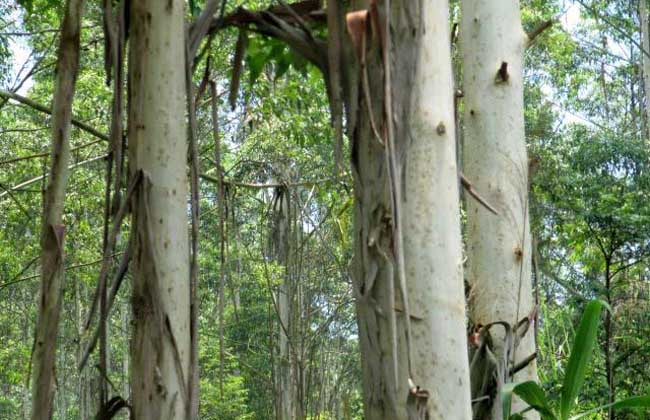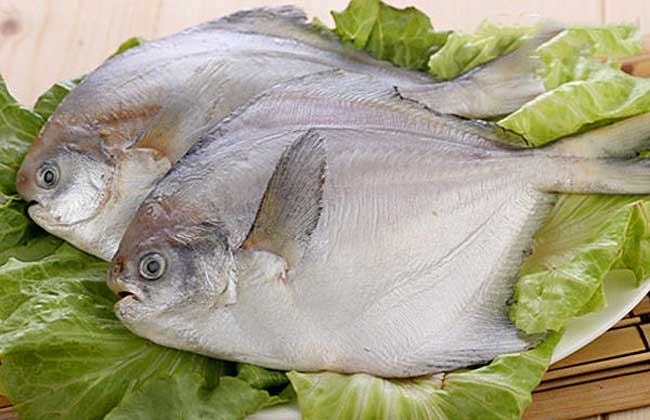How much is eucalyptus?

Eucalyptus is the general name of Eucalyptus plants of the myrtle family, there are about 600 species, there are periodic withered leaves falling off in a year, most varieties are tall trees, a few are small trees, few are shrub-like. The origin is mainly in mainland Australia, introduced to all parts of the world in the 19th century, and cultivated in 96 countries or regions in 2012. Let's take a look at how much eucalyptus costs!
How much is eucalyptus?
Eucalyptus prices are generally calculated by veneer in China, the price of a cubic meter of eucalyptus veneer is 940 yuan, if it is a good texture eucalyptus veneer, the price is between 1100 yuan and 1200 yuan / cubic meter. It can be seen that eucalyptus is very expensive. Eucalyptus veneer is the first choice for decoration building materials, this kind of veneer has good strength and strong corrosion resistance, many large companies and high-end home decoration will choose to use eucalyptus veneer. With the development of economy, more and more people pursue a high-end living environment, so the price trend of eucalyptus will increase with the increase of sales.
What is the value of eucalyptus?
1. Edible value: eucalyptus roots can be eaten or taken for water, eucalyptus is also used as fuel in some places, and many eucalyptus leaves can be used as fodder.
2, medical value: eucalyptus micro-pungent, slightly bitter, flat, has the function of soothing wind and relieving fever, bacteriostasis and anti-inflammation, anti-corrosion and relieving itching, mainly for the prevention of influenza, epidemic cerebrospinal meningitis, upper respiratory tract infection, pharyngitis, bronchitis, pneumonia, acute, chronic pyelonephritis, nephritis, dysentery, filariasis, external use to treat burns, honeycomb group inflammation, mastitis, boils, erysipelas, paddy field dermatitis, skin wet itching, tinea pedis and so on.
3. Wood processing: China has successfully developed high-performance eucalyptus reconstituted wood, eucalyptus veneer laminated wood, bamboo eucalyptus composite, thick core eucalyptus solid wood composite board and formaldehyde-free eucalyptus plywood manufacturing technology, and the comprehensive utilization rate of eucalyptus can be increased to more than 90%. Eucalyptus brings value not only to industry, but also to other industries.
4. Raw materials for papermaking: eucalyptus papermaking began as early as the early 20th century, with an average fiber length of 0.75 to 1.30 mm, and its color, density and extract ratio are suitable for pulping. there are many large paper mills use eucalyptus to produce Kraft paper and printing paper. The cellulose in eucalyptus wood can be made into dissolved wood pulp and then processed into rayon, which has achieved considerable success.
5. Extract essential oil: eucalyptus globulus and Eucalyptus grandis are the main varieties used to extract eucalyptus oil. Eucalyptus oil contains eucalyptus alcohol, which is colorless or yellowish liquid and has irritating and cool fragrance. It is mainly used in toothpaste, mouthwash, food and medicine.
Common varieties of eucalyptus
1. Eucalyptus urophylla: Eucalyptus urophylla is a large tree, 25 meters high. Bark smooth, gray-white, long flaky. Twigs rounded, slender, pendulous. Young leaf blade ovate. Transitional leaves broad-lanceolate. Mature leaf blade narrowly lanceolate, slightly curved. Umbels axillary, peduncles stout. The buds are oval. Stamens; anthers longitudinally lobed, capsule subglobose. The country of origin is in the eastern coastal area of Australia, with the highest elevation of 1800 meters, which is commonly found in loam with sufficient precipitation. It is resistant to light frost in winter and is not suitable for acidic soil. Guangdong, Guangxi, Fujian, Guizhou, Yunnan and other places are planted, and the wood is pale. For construction, vehicles, ships, machinery, sleepers and so on.
2. Eucalyptus camaldulensis: Eucalyptus camaldulensis is the most widely distributed in Australia, which is distributed almost everywhere except desert and semi-desert. The more moderate condition is the zone below 250 meters above sea level, the annual precipitation is 250-600 mm, and there is only light frost habitat in winter. It is most common along rivers. It is also planted in a wide area in China, which is cultivated from South China to Southwest China. It is an ideal tree species with rapid growth and a certain degree of drought and cold tolerance. Red wood, strong corrosion resistance, suitable for sleepers and stakes.
3. Lemon eucalyptus: lemon eucalyptus is a large evergreen tree with a height of up to 40 meters and a breast diameter of 1.2 meters. Its stem shape is towering and straight, and its bark is smooth and white. It is known as the "fairy in the forest". Native to Australia, it has been introduced in China for nearly a hundred years, and it has been cultivated in South China, Fujian, Zhejiang, Yunnan, Sichuan and other places. Xiguang, with strong adaptability to climate and soil, drought tolerance, fast growth and high timber yield, is an important afforestation tree species in South China, which is suitable for afforestation in the lower part of southern hills, coastal mountains and four sides greening. At the same time, it is also an important fast-growing timber tree species and a good aromatic oil tree species in the south.
4. Eucalyptus: Eucalyptus angustifolia, also known as Eucalyptus urophylla, wind-blown willow, etc., originates from basalt and sandstone areas along the eastern coast of Australia to more arid areas in the interior, and is widely planted in South China. Afforestation experiments have been conducted on a large area in Leizhou Peninsula, Guangdong, and preliminary results have been achieved. The stem of the seedling is more buckled, and the sprouting stem is more straight after cutting and renewing. It is a commonly used tree species in afforestation in South China at present, but it is less resistant to wind and can not bear the attack of typhoon. The wood is reddish, hard and resistant to decay, and the leaves contain 0.82% oil.
5, big leaf eucalyptus: big leaf eucalyptus is dense shade big tree, up to 20 meters high, bark does not peel off, dark brown, have irregular oblique crack groove. Twigs are angled. Young leaves opposite, leathery, ovate, stipitate. Mature leaves alternate, leaves thickly leathery, ovate-lanceolate, unequal on both sides, with glandular spots on both sides. Umbels thick, peduncles compressed, pedicels short, thick and flattened, petals and sepals forming a calyptra. The upper part of the capsule ovate-shaped contracted slightly, the mouth of the capsule enlarged slightly, and the florescence was from April to September. Born on sunny plains, hillsides and roadsides, it is native to the north of the southern latitude of Australia and is cultivated in the south and southwest of China.
Related
- A course of planting techniques and methods on how to grow carrots
- How to plant the latest tulips?
- Is it better to pick tea in the morning or in the afternoon? When is the best time for tea to be picked? what is the third or fifth tea?
- Launch Yuanxiao Happy combination Haocha + Tea Yuan healthy Taste
- Penghu Tourism "Fireworks 20 Parade with You"
- 2022 West Lake Happiness holds "Digital Revitalization Voucher" and draws iphone13 and laptop.
- Banqiao Fuzhou social houses are designed to change start-up combined with police elimination to create a safe and livable environment
- The convenient measure of "mechanical weeding" in Xinbei has been abused and the Agriculture Bureau has imposed heavy penalties on the illegal land consolidation.
- Changgeng University Joins Hands with Four Memory Factories to Rescue Memory Talent Shortage
- The list of Taiwan's top 100 MVP managers is listed by the Director-General of the Farmers' Association of Sanxia District.



